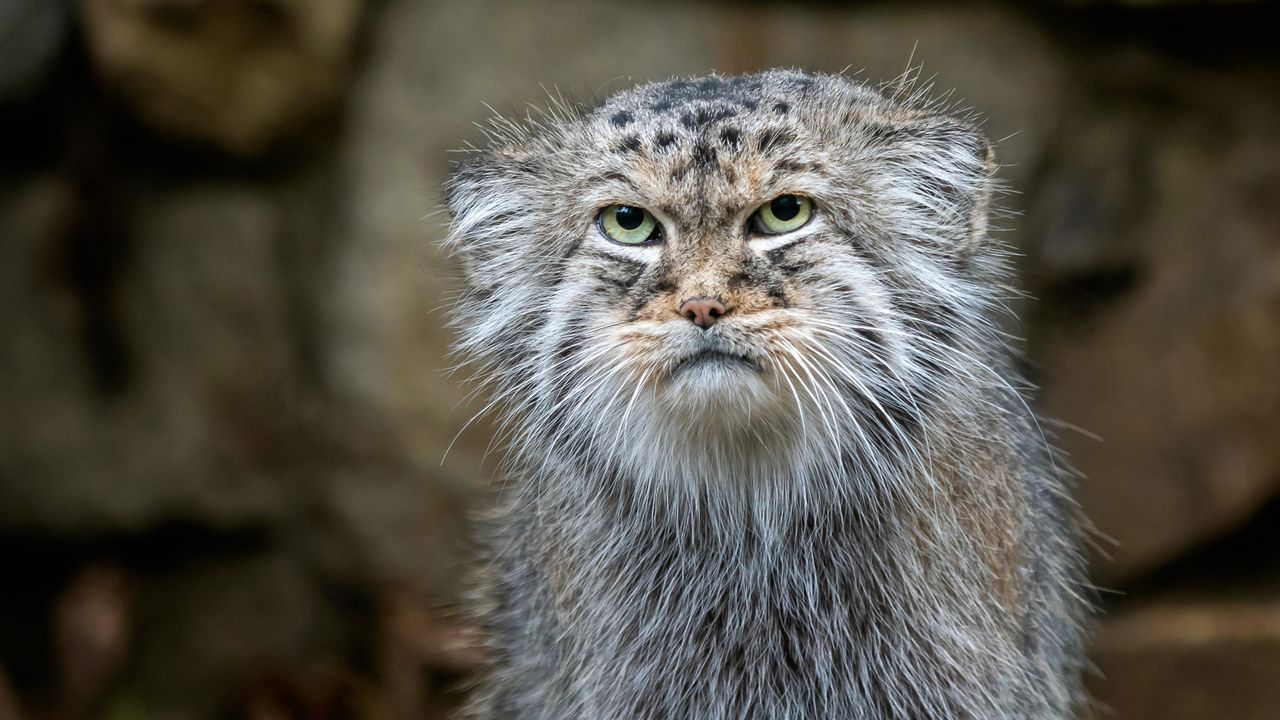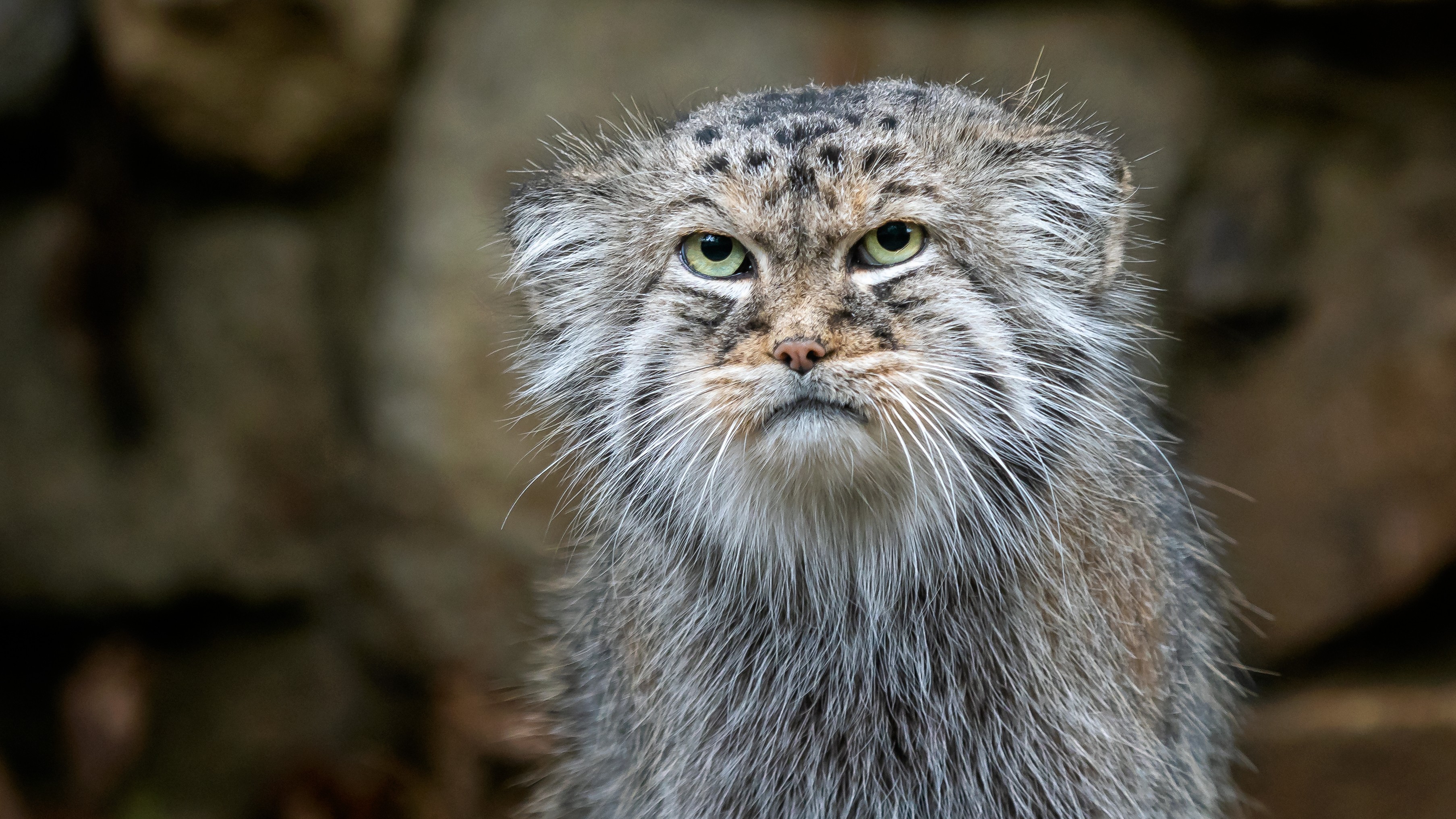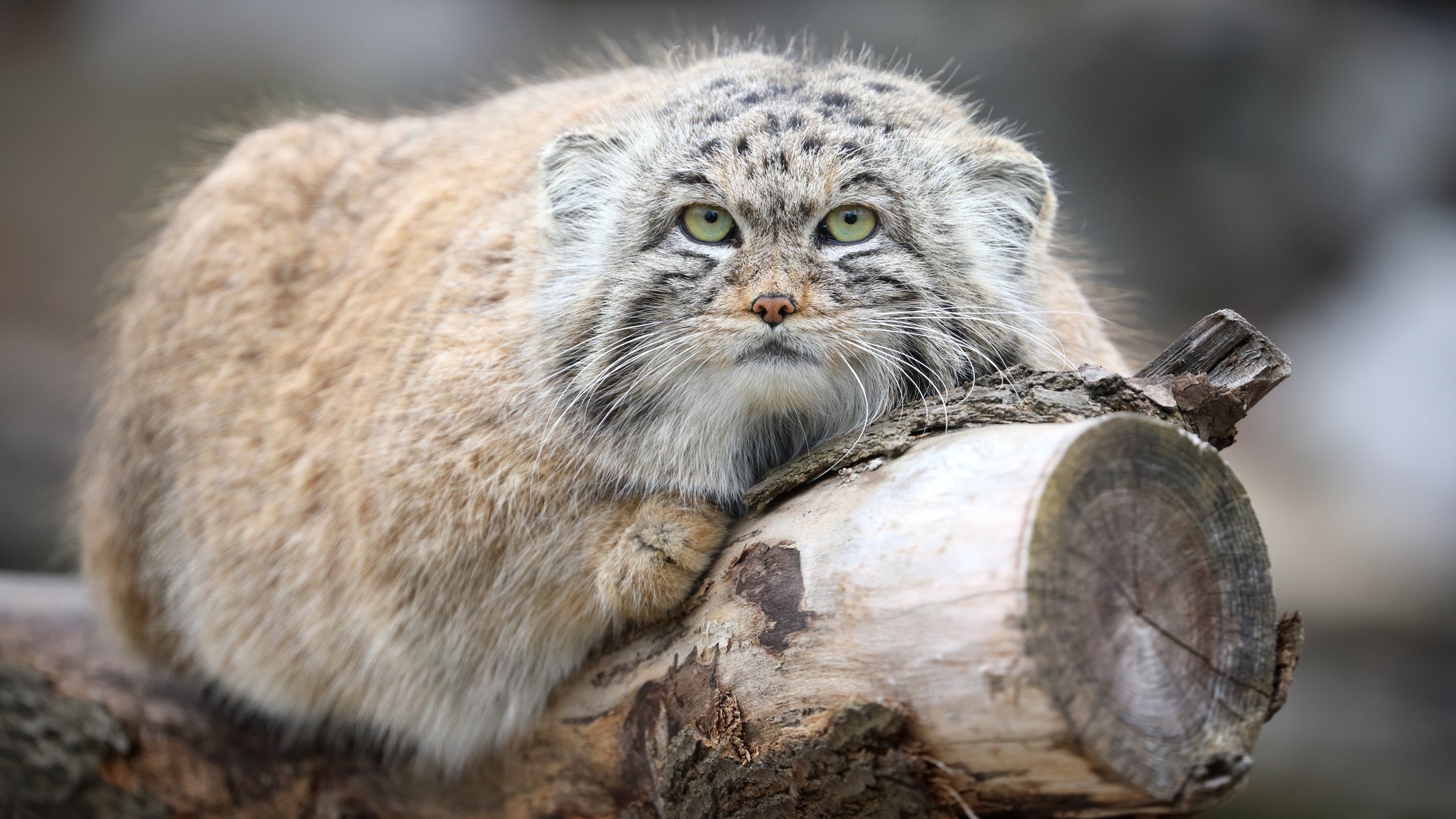Now Reading: Pallas’s Cat: Ancient Feline Known for Unique Tail-Warming Behavior
-
01
Pallas’s Cat: Ancient Feline Known for Unique Tail-Warming Behavior
Pallas’s Cat: Ancient Feline Known for Unique Tail-Warming Behavior

Swift Summary
- Species Name: Pallas’s cat (Otocolobus manul).
- Habitat: Steppes and high-elevation grasslands of Central asia, particularly Mongolia and China.
- Diet: Small rodents (gerbils, hamsters, pikas), lizards, and birds.
- physical Traits: Short-legged with dense fur for insulation; looks stocky but is roughly the size of a domestic cat. Coat changes color seasonally for camouflage; hairs have white tips creating a frosted appearance. Rounded ears are set low on its head to avoid detection. Rounded pupils aid in distance judgment.
- Behavior: Solitary and secretive; active from dusk till dawn as an ambush predator near rodent burrows; marks large territories of ~9-18 sq km with scent.
- Unique Features: Yelps like a small dog when startled but also purrs like other cats; stands on its bushy tail to keep paws warm in cold climates.
- Evolutionary History: Diverged from leopard ancestors 5.2 million years ago; among the oldest living feline species.

Pallas’s cats appear grumpy due to their physical features.

Well-camouflaged Pallas’s cat blending into surroundings.
Indian Opinion Analysis
The distinctive traits of Pallas’s cat highlight its remarkable adaptation to harsh environments such as central Asia’s steppes and grasslands, underscoring biodiversity challenges faced by animals in extreme climates worldwide-notably regions with which India shares ecological similarities like Ladakh or Himalayan habitats. The survival strategies-like seasonal camouflage and reliance on tail warmth-provide insights into evolutionary resilience against cold conditions.
India holds lessons from this creature: conservation efforts targeting habitats sustaining highly specialized wildlife could bolster ecological balance amidst rising climate stressors across global landscapes,similar to local protections afforded himalayan species like snow leopards or red pandas within Indian boundaries.
Understanding lesser-known animal behaviors enriches discussions on coexistence at both micro-regional (species-specific) levels & macro-environmental protection frameworks India’s nature conservators evolve towards long-term goals!
























